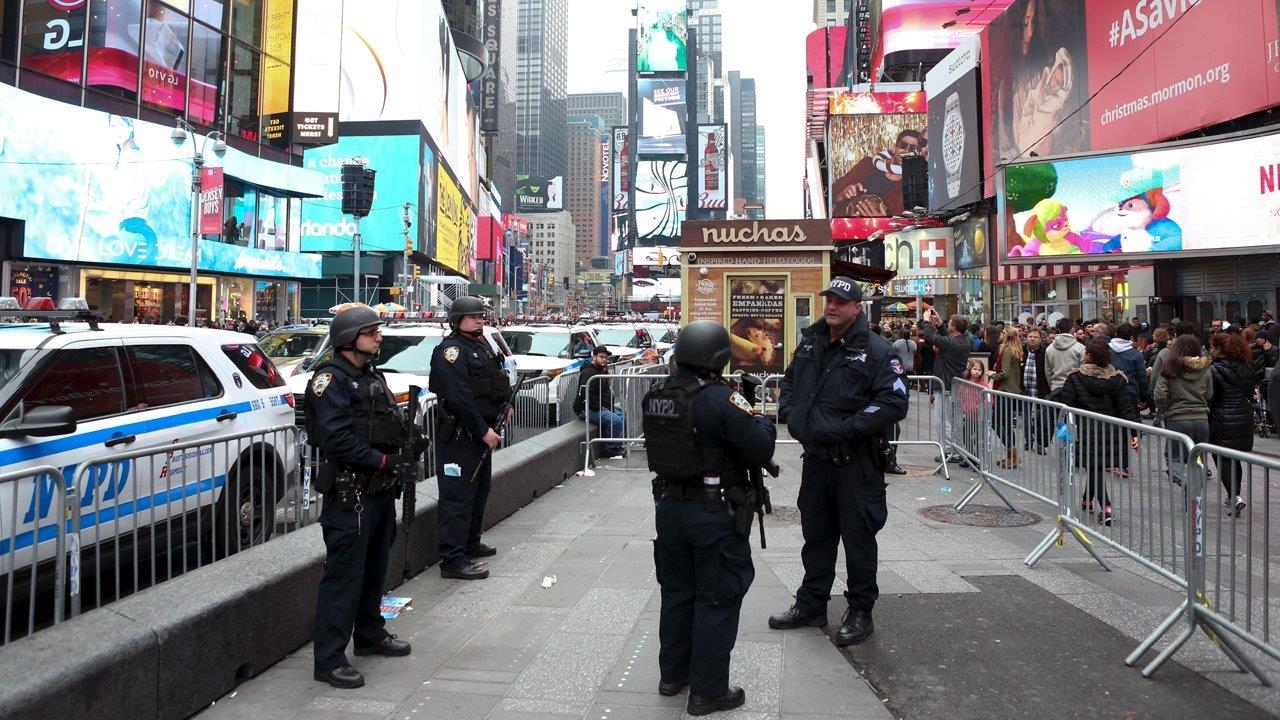NAACP CEO: Stop and Frisk Not the Only Tool in Law Enforcement Toolbox
One of the issues addressed during the first presidential debate between Republican presidential candidate Donald Trump and Democratic presidential candidate Hillary Clinton was of ‘Stop and Frisk.’ Trump touted the effectiveness of ‘Stop and Frisk,’ saying, “In New York City we had 2,200 murders, and stop and frisk brought it down to 500 murders.”
But NAACP CEO Cornell William Brooks says that although crime in New York City and across the country is low, it is misleading to point to ‘Stop and Frisk’ as a key reason for the decline in crime.
“Let’s be clear about the facts. The fact is that the crime rate in New York is low. The crime rate in the country is historically low. ‘Stop and Frisk’ is one tool, not the only tool in the law enforcement tool box in terms of bringing down crime,” Brooks told the FOX Business Network’s Maria Bartiromo.
According to Brooks, ‘Stop and Frisk’ is not only an ineffective law enforcement tool, but it is also discriminatory.
“The fact of the matter is civil rights, civil liberties coexist with our constitution and our need to bring down crime. The fact of the matter is, this is an ineffective and discriminatory tool, and it is not singularly and solely responsible for the reduction in crime in New York City. If you talk to Commissioner Bratton who was in fact responsible for reforming that policy before he left, he would tell you that is not the sole reason that the crime rate dropped in New York City or elsewhere in the country and there are in fact cities in the country that have not discriminated against their citizens, not criminalized their young people, who brought crime rates down.”
Ted Williams, a former homicide detective, responded to Brooks view on ‘Stop and Frisk.’
“Cornell is not wrong in that it was found the ‘Stop and Frisk’ in New York to affect a disproportionate amount of the society meaning black and latinos. But let me just say from the onset here, ‘stop and frisk’ is constitutional.”
Williams then weighed in on the need for law enforcement and the community to work together in an effort to reduce crime in America.
“Look, there is a distrust between police and the community and we have to find a way to try to get these two to work together because you do need law enforcement but you also need citizens to trust the police and that unfortunately is not what is happening out here.”




















